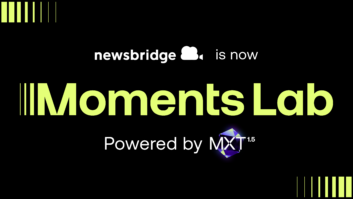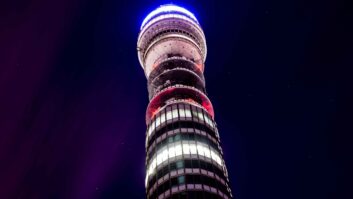Ikegami is to start replacing its CCDs with lower-power, more versatile CMOS image sensors with two of its key camera lines switching technology soon, writes David Fox. “CMOS imaging is the future of broadcast,” said Naoki Kashimura, Ikegami’s general manager for global marketing.
“Our collaboration with AltaSens [the American CMOS manufacturer] allows us to be at the forefront of CMOS imaging in the demanding HD broadcast market,” Kashimura continued. “We have been developing several end-to-end digital CMOS HDTV camera models using this new sensor technology with its multiformat capability and low power consumption. We look forward to ramping deliveries very soon.”
The three 2.5-megapixel two third-inch ProCamHD 3570 CMOS sensors natively generate 1920×1080 progressive images at up to 72p and 1280×720 images at up to 120p. The camera head is also more compact, requiring lower power and generating less heat. The sensor also has a built-in 14-bit signal processing data path and noise-reducing tapered reset technology.
The sensor can read out pixels in any order, so that it is easy to switch between native progressive or interlaced. The output of the sensor is digital, as it incorporates an analogue to digital converter. There has been particular interest in the US, where Ikegami already has a lot of orders for the CMOS models.
The changeover will see a new version of its remote box camera, the HDL-40C. There will also be the HDK-79EC, a dockable HD camera that can have either a fibre or triax back. A high-speed version of this will go up, initially, to 1080p 60 or 720p 120. It will use an EVS server and there is a 3x version in development.
There is also a new 1080i/720p 50/60 Editcam HD that uses Avid’s DNxHD codec, which will mean that it will only work with Avid editors initially (other formats will be added later). Disk capacity is 120GB, giving about an hour of recording at 145Mb/s.
Ikegami has also introduced a tiny new 2-CCD camera, for special applications, the HDL20, which uses one CCD for luminance and one for chroma. Both deliver 1000 TV lines.







